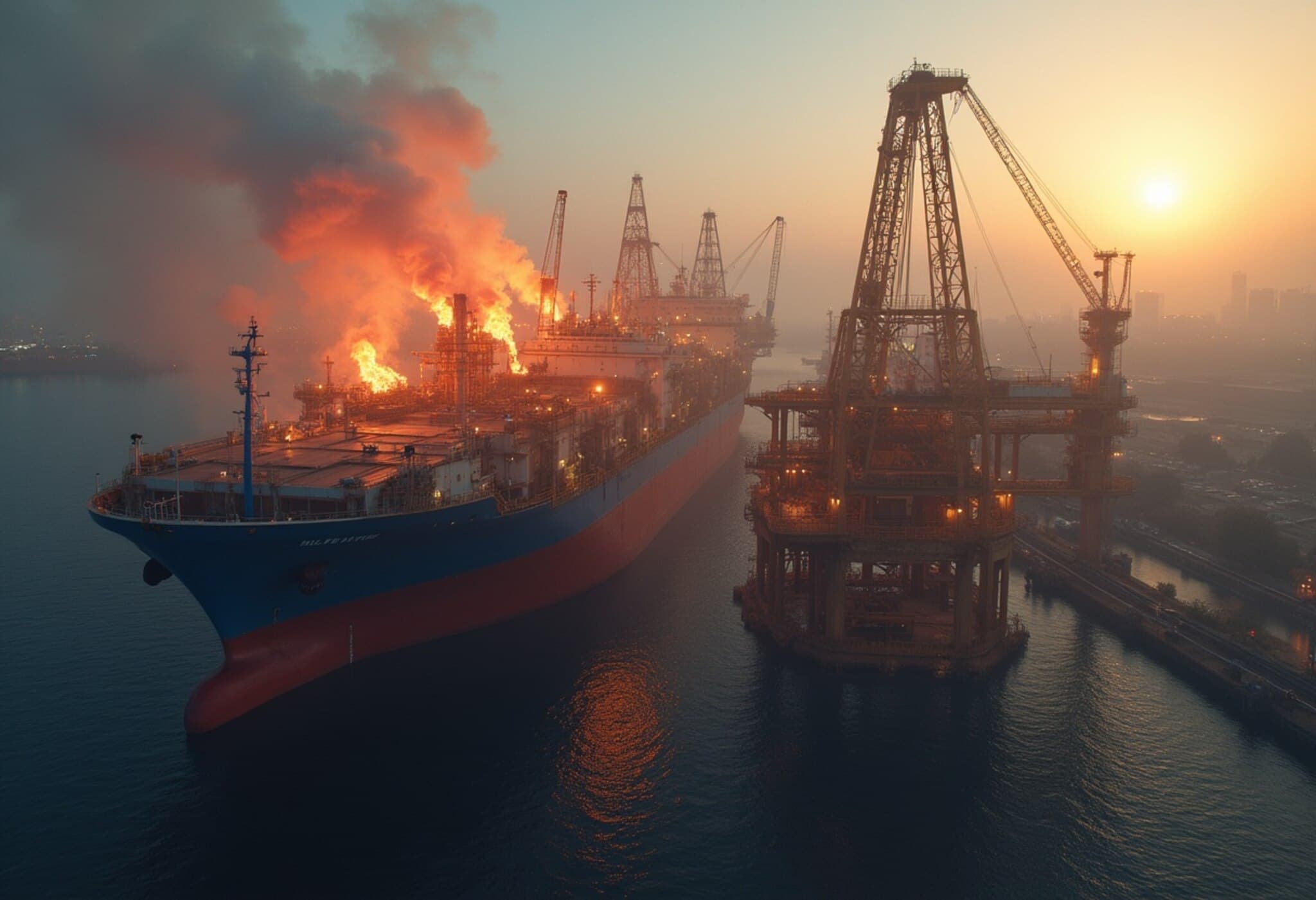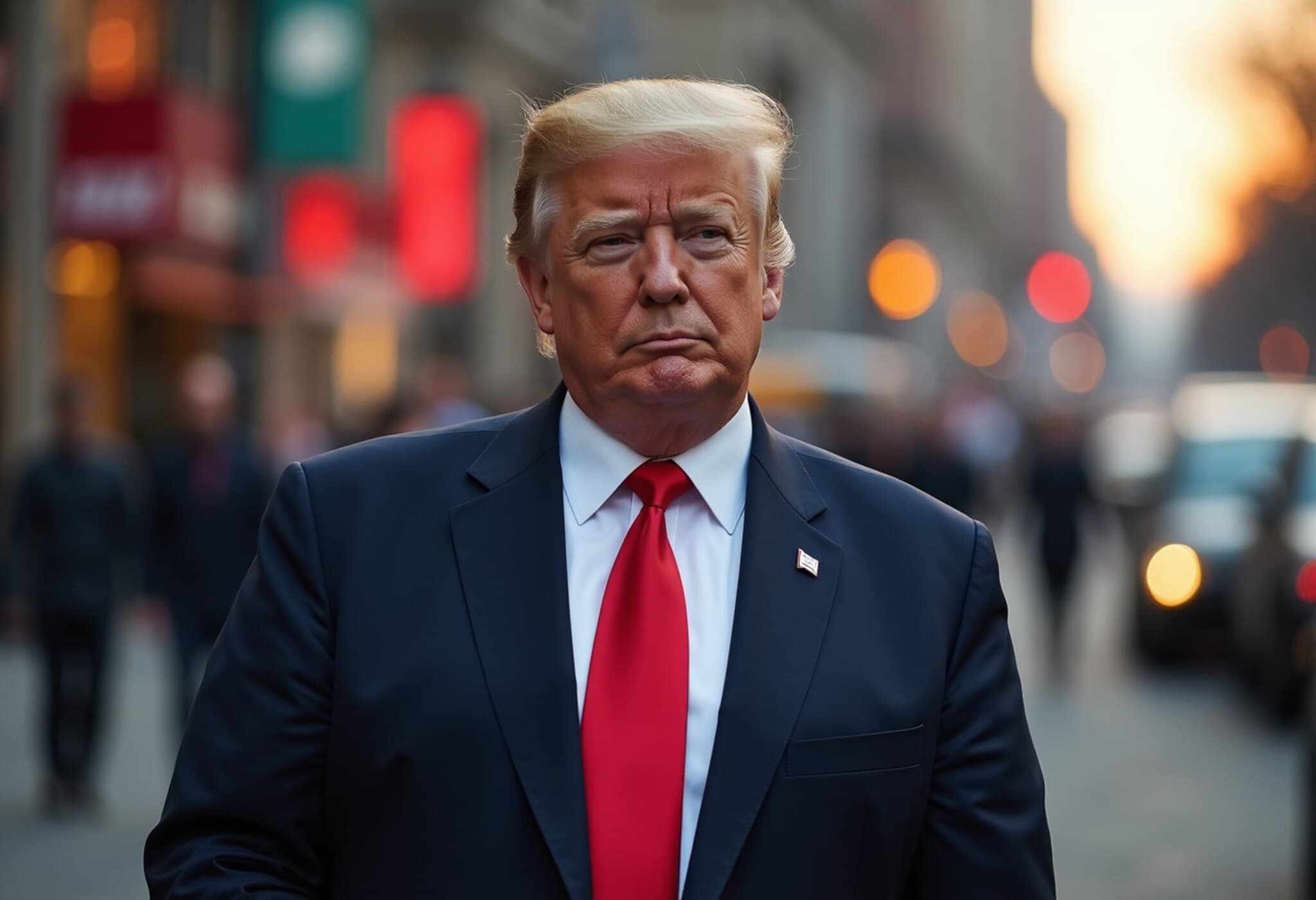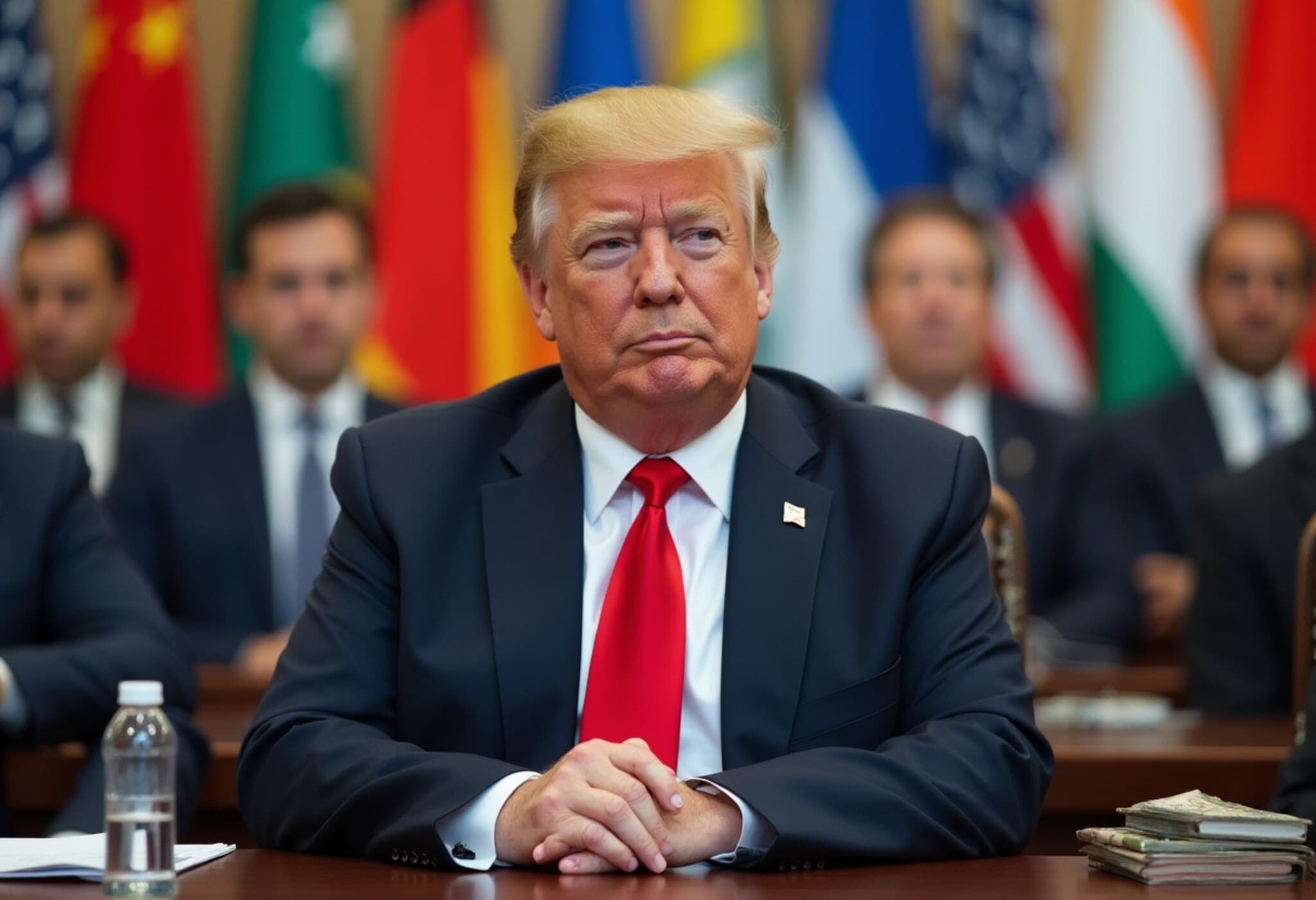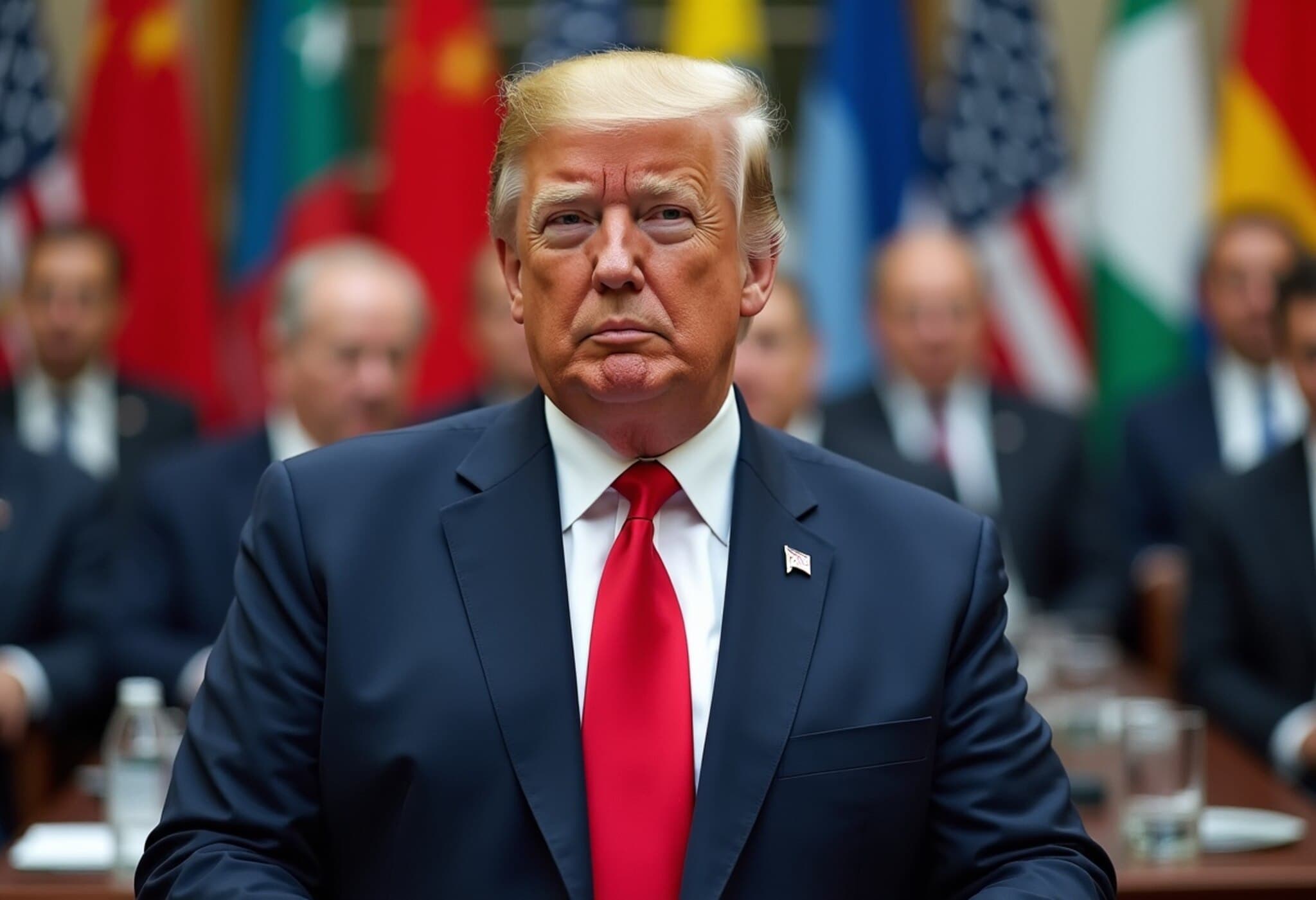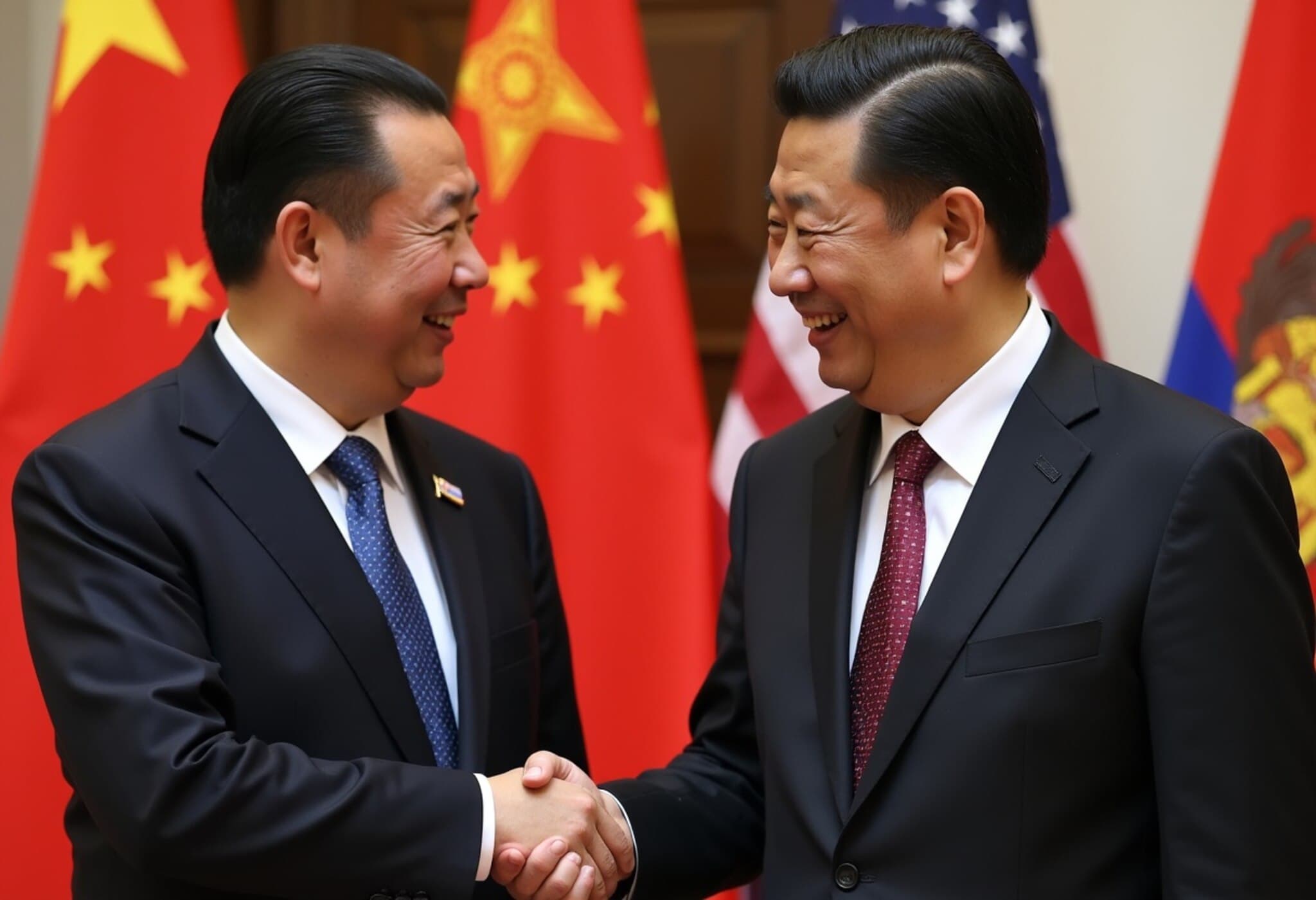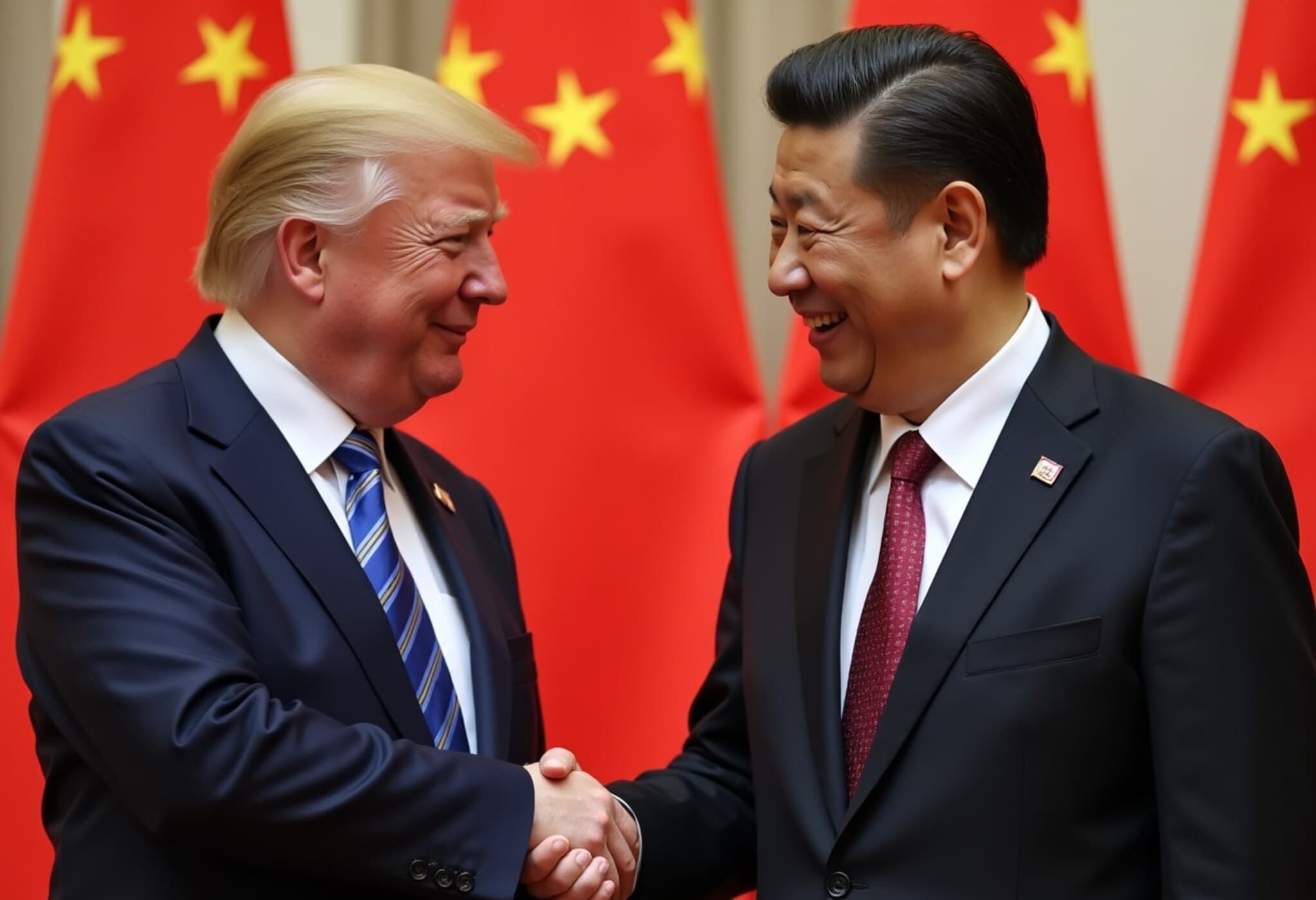Trump’s Trade Tensions: From India to China Over Russian Oil Imports
In the intricate web of global energy politics and U.S. trade policy, Russian oil continues to be a central point of contention. If the Biden administration’s executive order targeting India over its imports of Russian oil sparked international debate, a similar potential move regarding China now looms on the horizon. This emerging scenario lays bare the complex balance between geopolitical strategy, energy security, and trade diplomacy.
India’s Tariff Challenge: A Precedent Set
The United States, citing national security and foreign policy concerns, recently imposed an additional 25% tariff on Indian goods, effectively raising total duties to 50%. This decisive step was a direct response to India’s ongoing purchase of Russian oil, which the U.S. sees as undermining efforts to isolate Moscow in the wake of its invasion of Ukraine.
India’s Ministry of External Affairs strongly rejected this action as “unfair, unjustified and unreasonable,” emphasizing that energy procurement decisions are driven by market realities and the imperative to fuel a nation of 1.4 billion people. India’s nuanced position highlights the classic clash between economic necessity and geopolitical pressure.
China’s Larger Footprint in Russian Energy Imports
While India faced punitive tariffs, the U.S. has so far largely overlooked China’s status as the world’s largest buyer of Russian energy. Since early 2023, China has imported a staggering $219.5 billion worth of Russian oil, gas, and coal — far surpassing India’s imports which reached about $52.7 billion in 2024 alone.
Despite China’s massive Russian energy purchases, trade talks with the U.S. remain open. Earlier in 2025, the U.S. announced a 90-day pause on imposing new tariffs on Beijing, highlighting a tactical approach amid ongoing negotiations.
Executive Order for China: A Hypothetical Scenario
Given the precedent with India, it seems plausible that the U.S. might extend a similar executive order imposing a 25% additional tariff on Chinese imports due to its Russian oil purchases. To conceptualize this, imagine the exact language of the India-focused executive order adjusted simply by replacing 'India' with 'China'.
- Legal Framework: Utilizing authorities under the International Emergency Economic Powers Act and the Trade Act, the U.S. President can impose tariffs to address threats related to Russian aggression in Ukraine.
- Scope of Tariffs: An additional ad valorem duty would be applied to all Chinese goods imported into the U.S., effective within 21 days of order issuance, with specified exemptions.
- Policy Intent: The order would aim to deter countries indirectly supporting Russian energy exports, emphasizing the U.S.’s determination to restrict economic benefits flowing to Russia.
- Enforcement and Monitoring: The secretaries of Commerce and State would continuously assess compliance and recommend additional actions if needed.
Expert Insight: Balancing Energy Security and Global Diplomacy
Trade expert Dr. Laura Simmons of the Global Energy Institute points out, “While tariffs serve as tools of economic coercion, they must be wielded carefully. China’s energy imports from Russia reflect geopolitical realities and energy security ambitions that are difficult to condemn simply on principle.”
Moreover, targeting China with tariffs analogous to those slapped on India could risk destabilizing U.S.-China trade negotiations, potentially inviting retaliatory measures and economic fallout across many sectors.
Unseen Ramifications
This tariff discourse raises underreported but critical questions.
- What alternatives exist for large developing economies heavily reliant on Russian energy amid global sanctions?
- How will these tariff measures impact ordinary consumers and industry in India, China, and beyond?
- Could escalating trade tensions detract attention from a unified international approach to resolving the Ukraine conflict?
- What mechanisms are available to ensure that energy security concerns are balanced with diplomatic strategies?
Editor’s Note: Navigating Complex Trade and Energy Ties in a Multipolar World
The U.S. approach to imposing tariffs over Russian oil imports captures the high stakes at the intersection of national security and global trade. While the India tariff controversy has sparked debate, the potential extension to China underscores an even more delicate challenge. Policymakers must weigh the risks of trade retaliation and diplomatic fallout against the imperative to uphold sanctions on Russia.
As the world grapples with shifting alliances and energy dependencies, the unfolding U.S.-China-India dynamic offers a vivid case study in modern geopolitics. Readers should watch closely how these policies evolve, considering not only economic implications but also the broader quest for strategic stability in an increasingly fragmented world.

